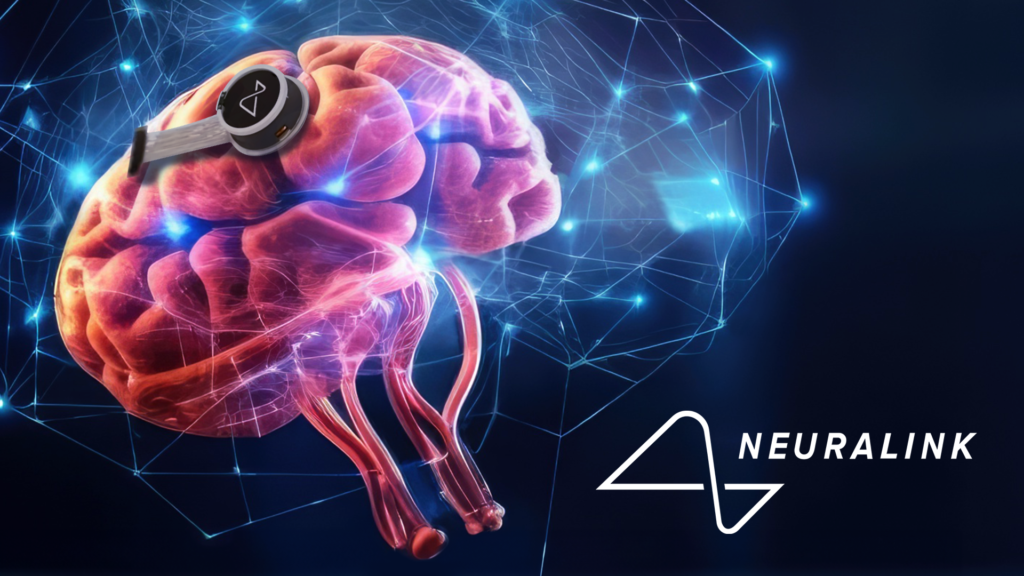Neuralink patient 2 plays Counter-Strike with his brain implant

Neuralink, Elon Musk’s startup for brain-computer interfaces, reports progress: A second patient now controls by thought power computer games But despite its successes, the company continues to face a lot of criticism.
Neuralink patient plays Counter-Strike with the power of his mind
Elon Musk’s neurotechnology startup Neuralink has reached another milestone: A second patient, known only as “Alex”, can now play the computer game Counter-Strike 2 thanks to a brain implant – and virtually through his thoughts. As the online magazine Vice.com reported, the operation in which Alex received the chip took place last month.
The patient is a former car mechanic whose limbs are paralyzed after a spinal cord injury. The Neuralink implant should now give him control over digital devices and thus more independence again. In Alex’s case, this seems to be working remarkably well. Neuralink patient controls Counter-Strike 2 with brain implant
Combination of special joystick and thought control
To control his character in Counter-Strike 2, Alex uses a combination of a special mouth-controlled quadstick joystick for quadriplegics and the mind control of the Neuralink implant. While he moves with the joystick, he aims using only his thoughts – an impressive demonstration of the capabilities of this technology. According to Neuralink, within five minutes of first connecting the Link to his computer, Alex was able to control a cursor with his mind.
Within a few hours, he surpassed the maximum speed and accuracy he had previously achieved with other assistive technologies. In addition to gaming, Alex is also exploring creative applications using the implant. He learned how to use CAD software to design 3D objects. His first project: a custom mount for the Link implant’s charger, which he designed and printed himself.
Improvements after problems with the first patient
Alex’s operation apparently went smoothly and his recovery has been without complications so far. This was different for the first Neuralink patient, Noland Arbaugh. He had unexpected difficulties which led to some of the implant threads coming loose. To avoid similar problems for Alex, Neuralink has now implemented several improvements:
- Reducing the distance between the implant and the brain surface
- Minimizing brain movement during surgery
- Software adjustments to mitigate possible complications
Future plans and technical development
Neuralink plans further improvements to its technology:
- Advanced control options for full mouse and video game functionality
- Developments for interaction with the physical world through robotic arms or motorized wheelchairs
- Decoding multiple simultaneous movement intentions
- Recognition of handwriting intentions to accelerate text input
In the long term, Neuralink aims not only to better treat serious diseases of the brain and central nervous system, but also to technically enhance the human body (“human enhancement”). This is intended, among other things, to keep pace with advances in the development of artificial intelligence and to combat potentially dangerous uses of AI.
Ethical concerns and criticism
Despite the promising progress, Neuralink is also facing critical questions. According to reports from the Reuters news agency, the US Department of Agriculture is investigating the company. The accusation: an unnecessary number of animals are being killed in animal testing.
Over a period of four years, 1,500 animals are said to have died, partly due to errors in implantation that could have been avoided with more careful work. In addition, Neuralink employees report enormous pressure to deliver results. Elon Musk is said to have repeatedly threatened to close the company if no success was achieved. To motivate employees, he is said to have told them to imagine that a bomb was attached to their head.
These practices raise ethical questions and could influence the further development and acceptance of the technology. It remains to be seen how Neuralink will address these challenges while pursuing its ambitious goals. What do you think of Neuralink’s progress? Do you think the opportunities or risks of this technology outweigh the disadvantages? Share your thoughts in the comments – we are curious to hear your opinions on this controversial topic!
Digital marketing enthusiast and industry professional in Digital technologies, Technology News, Mobile phones, software, gadgets with vast experience in the tech industry, I have a keen interest in technology, News breaking.












